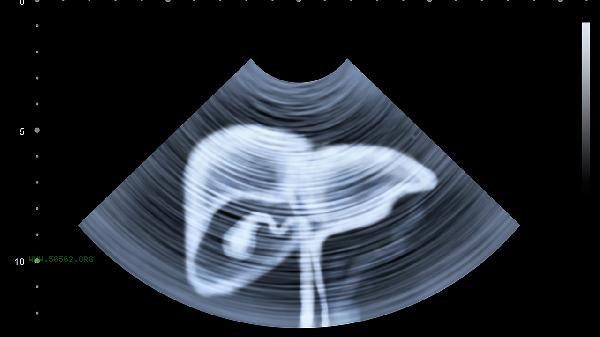The most effective methods for reducing abdominal weight include dietary control, aerobic exercise, strength training, adjusting lifestyle habits, and local shaping. Abdominal fat accumulation is usually caused by a combination of excess calories, prolonged sitting, hormonal imbalances, decreased metabolic rate, and genetic factors.

1. Dietary control:
Reduce the intake of refined carbohydrates and high sugar foods, and replace white rice and flour with whole grains. Increase high-quality protein such as chicken breast, fish, and soy products, with a recommended daily protein intake of 1.2-1.6 grams per kilogram of body weight. Eat more high fiber vegetables such as broccoli and spinach, with a daily vegetable intake of no less than 500 grams. Control the amount of edible oil at 25-30 grams per day and avoid trans fatty acids. Maintain a daily calorie deficit of 300-500 calories, but avoid excessive dieting.
2. Aerobic exercise:
Engage in 4-5 moderate intensity aerobic exercises per week, each lasting 40-60 minutes. Recommend whole-body exercises such as brisk walking, jogging, swimming, or cycling, with a heart rate maintained at 60-70% of maximum heart rate. High intensity interval training HIIT can improve fat burning efficiency after exercise, such as a 20 second sprint run combined with a 40 second slow walk, repeated 10-15 sets. Aerobic exercise should be combined with warm-up and stretching to avoid sports injuries.
3. Strength Training:
Conduct 2-3 full body strength training sessions per week, with a focus on strengthening the core muscle group. Flat support can activate the transverse abdominis muscle, hold for 30-60 seconds each time, do 3-4 sets. Roll up exercises for rectus abdominis muscle, 15-20 times per group, done in 3 groups. Compound movements such as squats and hard pulls can promote the secretion of growth hormone and increase basal metabolic rate. After strength training, muscles need 48 hours to recover, and it is not advisable to exercise the same muscle group every day.
4. Lifestyle habits:
Ensure 7-8 hours of high-quality sleep per day. Lack of sleep can lead to increased cortisol levels and promote abdominal fat accumulation. Reduce prolonged sitting time by getting up and moving for 5 minutes every hour. Managing stress levels can be achieved by reducing stress hormones through meditation, deep breathing, and other methods. Quit smoking and limit alcohol consumption. Alcohol can inhibit fat metabolism, and daily alcohol intake should not exceed 15 grams. Maintain a regular schedule and avoid staying up late to disrupt metabolic rhythms.
5. Local shaping: Although
cannot achieve local weight loss, targeted training can improve abdominal line. Vacuum abdominal compression exercises can enhance the strength of the transverse abdominal muscles. Practice three sets per day, with each set lasting 15-30 seconds. Russian rotation exercises for the oblique muscle, 20 times per group, done in 3 groups. Suspend and lift legs to strengthen the lower abdomen, 8-12 times per group, do 3 sets. After exercise, massage or use foam shaft to relax and promote blood circulation. Reducing abdominal fat requires comprehensive intervention, and the effectiveness of a single method is limited. It is recommended to record diet and exercise, and measure waist circumference changes every week. To avoid skin sagging caused by rapid weight loss, a healthy weight loss rate is 0.5-1 kilogram per week. Maintain a balanced diet and regular exercise habits in the long term to prevent weight rebound. If combined with chronic diseases such as diabetes and hypertension, a weight loss plan should be formulated under the guidance of a doctor. Postpartum women should wait for the pelvic floor muscles to recover before conducting abdominal training to avoid worsening of rectus abdominis muscle separation.




Comments (0)
Leave a Comment
No comments yet
Be the first to share your thoughts!